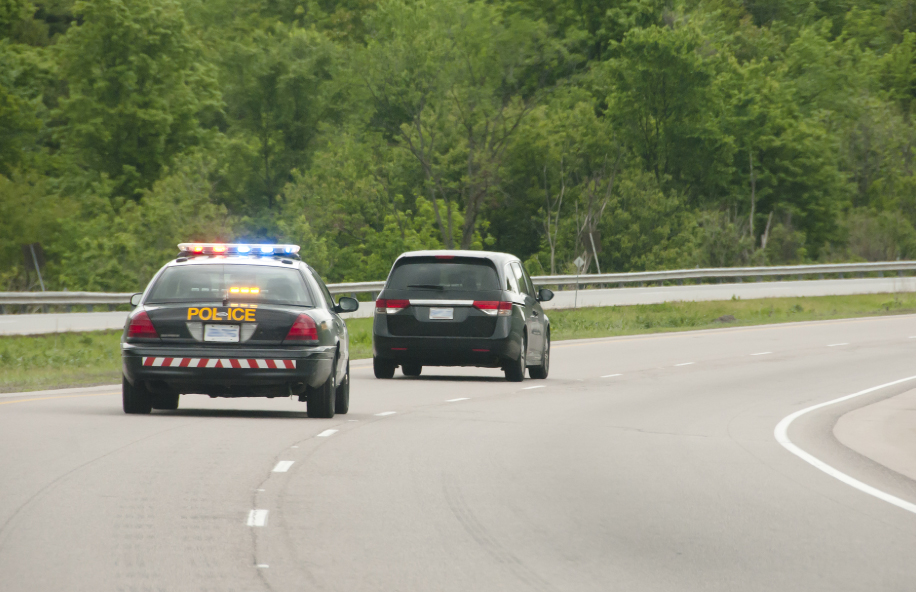An Ohio appeals court issued an interesting decision the other day on the issue of pacing. The case is State v. Jarosz, 2013-Ohio-5839.
“Pacing” is a method often used by officers to determine whether a driver is speeding. But, in order to properly pace a vehicle, the officer must take certain steps. In this case, for example, the officer failed to maintain an equal distance between himself and the suspected offender (as established by video evidence). Because his pacing was faulty, the whole stop was thrown out and the defendant’s OVI charge dismissed.
Here is what happened.
The Stop
In this case, the State Highway Patrol Trooper testified that about 11:30 p.m., he observed a car was in front of him driving in the same direction. Based on a “visual estimation,” he said the car was going over the 45 mph speed limit. He paced the car at 52 mph, but said he never got a steady pace due to fluctuating speed, so he continued to follow the car.
Once the driver passed into a 40 mph zone, the trooper said he “focused on keeping the same distance between his cruiser” and driver’s car for 12 seconds. He determined that the driver was going 48 mph and said he was “a hundred percent positive that [he] had a good speed pace on him” and that he was going 48 mph.
The trooper pulled the car over for speeding. The trooper testified that he detected a strong odor of alcoholic beverage coming from the interior of the car, but he could not tell whether the smell was coming from the driver or one of the passengers. The driver and passengers said they were coming from a nearby bar. The trooper also testified that the driver’s eyes were “glassed over.” However, his speech was not slurred and he was cooperative during the stop.
The trooper asked the driver to get out of the car to perform field sobriety tests. First, he had the defendant sit in the cruiser, where he confirmed that the defendant’s eyes were glassy. At that time, he also detected a strong odor of alcohol on the defendant’s breath. He performed field sobriety tests, was subsequently arrested and blew a .088 at the station.
The Problem with Pacing
At the motion hearing, the trooper was questioned about the pace method. He said that in order to pace a car, he has to maintain the same distance between his cruiser and the defendant’s vehicle. Then, once the trooper determines his own speed, he can determine the defendant’s speed.
If the trooper is going faster than the defendant while trying to pace him, he generally can’t get a good pace – because he can’t maintain the same distance.
The problem in this particular case was the video. The judge found that the video of the stop showed that the trooper did not maintain an equal distance while pacing. Because the pacing was inaccurate, there were no grounds to stop the defendant’s car.
Next, the defendant argued that the trooper lacked sufficient grounds to require him to exit his car for field sobriety tests. However, because the court found that there were no grounds for the stop, “the trooper did not have authority to require [the driver] to exit his vehicle.
If you have been pulled over for speeding and received an OVI citation or other charge stemming from the stop, you should consider investigating the officer’s method. If he paced you to determine your speed, one potential defense is that he failed to maintain equal distance while pacing. Video evidence is key in establishing this defense. Talk to an Ohio traffic attorney about your case and options.



